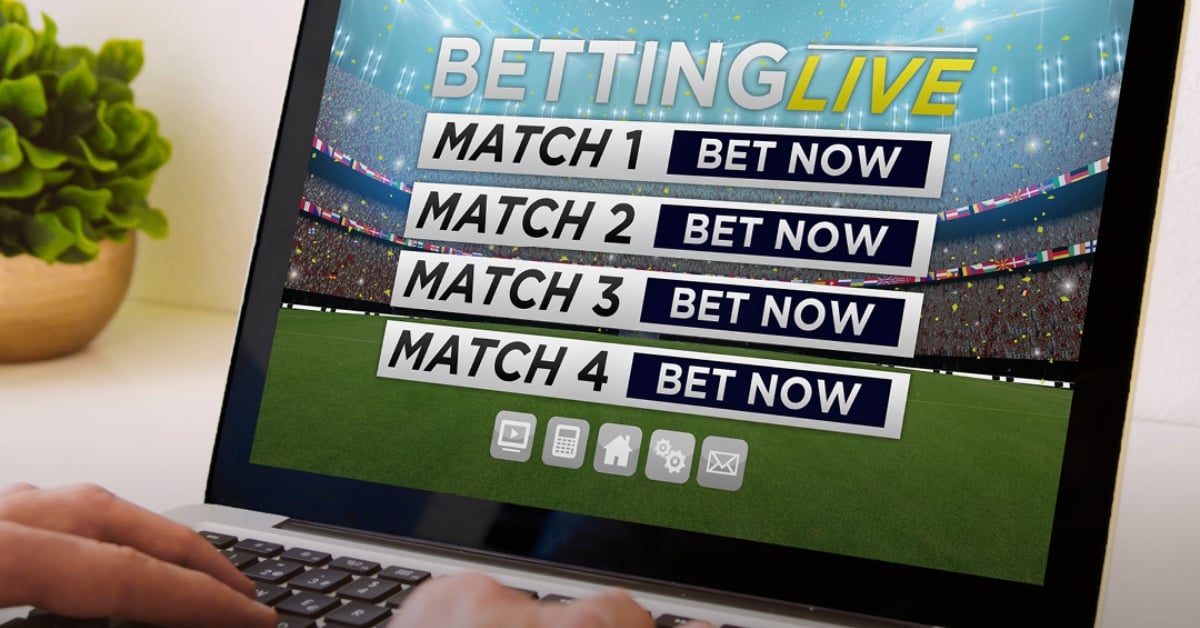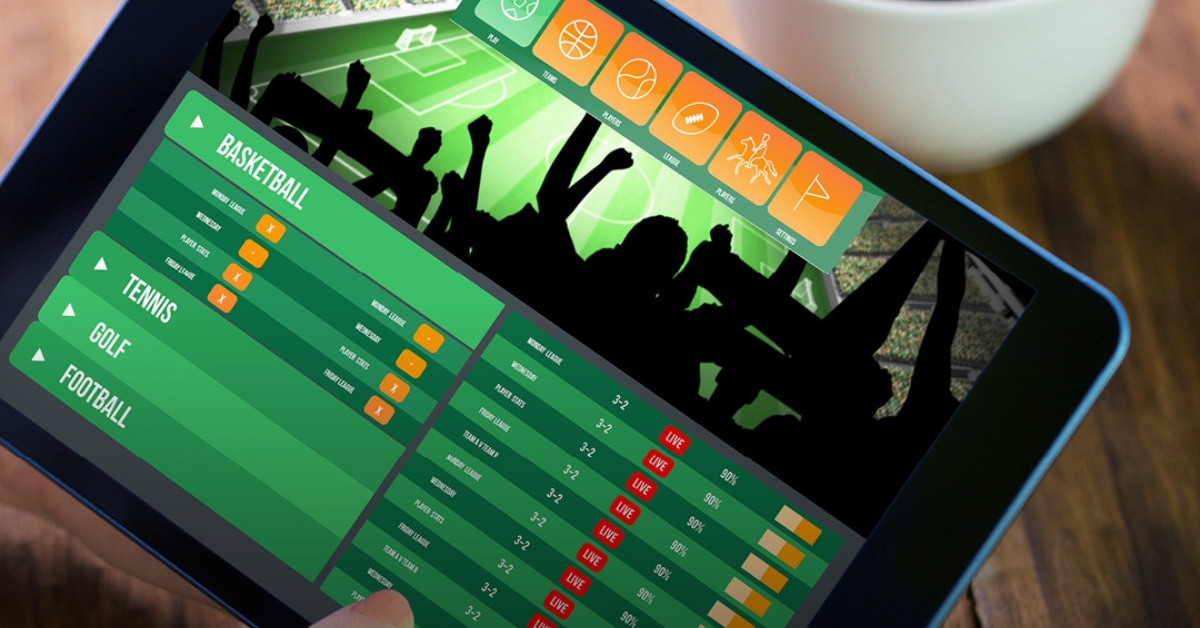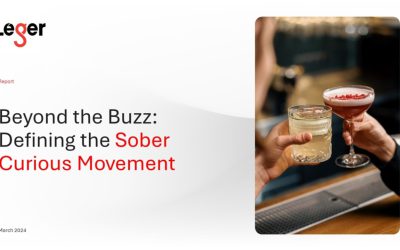The field has changed.
“The fight for the legal sports bettor is still raging in more than half of the states in the U.S., with the big players, Bet MGM, Caesars, Fan Duel, DraftKings, and more all still fighting for new players on a week-to-week basis, mostly based on enticing marketing offers.” said Simon Jaworski, EVP for Leger, and lead researcher for the 2023 Player Value Gaming Study.
Legal sports betting was very limited up until 2018, but the number of states who have some form of legalized sports betting has grown rapidly and continues to grow. These changes have altered the stigma around sports betting.
At present, 10 states offer only in-person sports betting, 20 states offer full mobile betting, 4 states offer limited mobile betting. States including Kentucky and Maine are considering efforts to pass loosened sports betting laws. Other states such as Massachusetts recently allowed sports betting in early 2023.
Sports betting is reaching increased “fan fever” volumes.
As gaming has become more digitized, convenient, and entertaining, popularity for all forms of gaming has soared. With sports betting, the volume of bets is reaching a frenzy. Consider these examples:
- Sports bettors wagered $83.13 billion from January 2022 through the end of November. That is a 65.4% increase over the same period in 2021.
- For the first time ever, the Super Bowl was played in a state where sports gambling is legal. GeoComply, a company that verifies the locations where gamblers are betting, saw 100 million sports-betting transactions this Super Bowl weekend, an increase of 25% over last year. More than 100,000 sports bet transactions were placed in and around State Farm Stadium in Glendale, Arizona.
- Super Bowl sports bets far exceeded predicted volumes. FanDuel expected more than 17 million Super Bowl bets. Instead, it accepted 50,000 bets per minute and averaged 2 million active users on its platform throughout the game.
- College sports is a billion-dollar industry and increasingly, universities are seeing sports betting as a way to recoup revenue lost during the pandemic. At least eight universities have partnered with sports betting companies.
- Sports media has changed to reflect the new sports betting culture. Plenty of sports commentators have penned articles on how betting has changed the business and entertainment of sports. In fact, there are recent examples of live game calls where commentators have implied how the outcome would affect the spread.
As competition intensifies, gaming professionals should up their game.
Leger’s new 2023 Player Value Gaming Study found that the primary motivators for sports betting vary by spend.
“There are very strong differences between heavy, medium, and light spenders. Entertainment, Luck and Winning Odds drive future play, with the last two especially prominent for heavy spenders.
As the competition heats up, sports betting professionals now have more options than ever to gain a competitive advantage through better odds, and the companies that win that battle have the best chance of financial success.” said Jaworski.
For more casual, low spending betters, they want to bet regularly and with an emphasis of spending time watching the game they wagered on. This is clearly different than heavy spenders who are more motivated by “Winning Odds” and “Luck”.
The marketing offers from major gamers tend to offer are dollars-off deals such as “Up to $200 back on a $5 bet” or, “first bet up to $100 is free”. Overall, based on the findings of Leger’s study, there is opportunity for gaming professionals to move to a more segmented approach.
Get Leger’s full report for even more insights about the future of game play.
In Leger’s new Player Value Gaming Study, nine factors were studied as a “Player Value Index” for each generation of gamers and for various segments of gaming spend. The findings of the study deliver insight into how each segment may be influenced to play in the future. You can also see full player profiles by types of game play and by generation. You will learn the similarities and differences between each profile, and you can see the findings for all generations and levels of spend.




